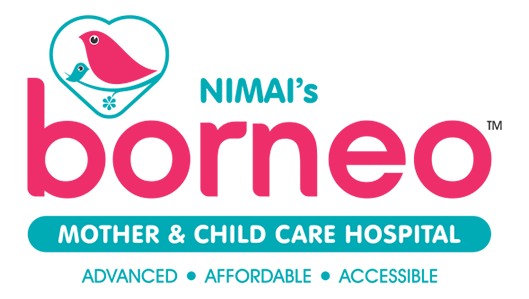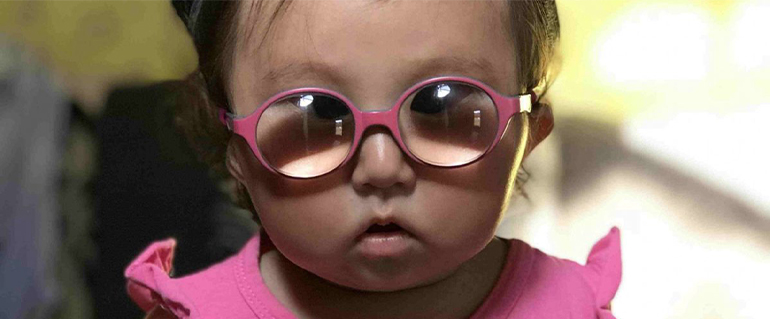


Continuous Positive Airway Pressure (CPAP) is a non-invasive ventilation method that helps to treat sleep apnea and other breathing difficulties. It works by providing a steady stream of air pressure that keeps the airways open, allowing for easier breathing. CPAP is often used in neonatal care as an alternative to more invasive treatments such as intubation or mechanical ventilation.
In addition, CPAP can be used to help improve oxygen levels in premature babies, reduce respiratory distress syndrome, and prevent complications associated with apnea of prematurity. By providing continuous positive airway pressure, CPAP helps ensure that patients receive the oxygen they need while reducing the risk of complications from sleep apnea and other breathing difficulties.
CPAP (Continuous Positive Airway Pressure) is a method used for treating breathing problems in neonates. It involves the use of a machine that delivers air pressure to the baby’s airways to keep them open and help the baby breathe more easily. This method is used in cases where other treatments, such as oxygen therapy, have not been effective in helping the baby breathe normally.
CPAP can be used for both preterm and full-term babies, and it has been proven to be an effective treatment for many respiratory disorders. It helps reduce the risk of complications associated with prematurity and can help improve long-term outcomes for infants with respiratory issues. The CPAP method is also often used in combination with other treatments, such as surfactant replacement therapy, to ensure optimal outcomes for neonates with breathing problems.
Continuous positive airway pressure (CPAP) is a widely used form of noninvasive respiratory support for infants, especially premature or low-birth-weight neonates. CPAP can provide a number of benefits to newborns, such as improved oxygenation and ventilation, improved lung compliance, and reduced work of breathing. However, there are also risks associated with the use of CPAP in neonatal care that must be considered. These risks include air leaks, nasal trauma, and increased risk of infection.
It is used to treat a variety of conditions including apnea, respiratory distress syndrome, and bronchopulmonary dysplasia. CPAP can be beneficial for newborns as it helps them breathe more easily and maintain adequate oxygenation levels. However, there are some risks associated with CPAP use in neonates that must be taken into consideration.
CPAP (Continuous Positive Airway Pressure) is a common non-invasive ventilation technique used to treat sleep apnea. It works by providing a constant flow of air pressure to the patient’s airways, which keeps them open and prevents the collapse of the airways during sleep. While CPAP is an effective treatment for many patients, there are other non-invasive ventilation techniques that may be more suitable for certain patients. These include high flow nasal cannula therapy, noninvasive pulmonary support techniques, and biphasic cuirass ventilation. Each of these techniques has its own set of benefits and drawbacks that should be considered when deciding which one is right for a particular patient.
High flow nasal cannula therapy (HFNC) is a type of therapy that uses a device to deliver high-flow oxygen through a nasal cannula. It is used to treat patients with chronic obstructive pulmonary disease (COPD), sleep apnea, and other conditions. HFNC has been found to be more effective than traditional continuous positive airway pressure (CPAP) therapy in improving patient outcomes. It can also help reduce the need for mechanical ventilation, as well as reduce the risk of infection and other complications associated with CPAP therapy.
Noninvasive pulmonary support techniques are becoming increasingly popular for treating sleep apnea and other respiratory conditions. CPAP (Continuous Positive Airway Pressure) is the most widely used noninvasive technique for providing oxygen to patients with sleep apnea or other respiratory disorders. CPAP works by providing a constant flow of air into the patient’s nasal passages, which keeps their airways open while they sleep.
This helps reduce snoring, improves breathing, and can help treat sleep apnea. Noninvasive pulmonary support techniques can also be used to provide oxygen therapy to patients with COPD (Chronic Obstructive Pulmonary Disease). These techniques are not only effective but also less invasive than traditional methods such as mechanical ventilation.
Biphasic cuirass ventilation techniques are being increasingly used in the medical field. This type of ventilation technique is a form of positive airway pressure (CPAP) therapy that helps to treat breathing problems such as sleep apnea. It uses two phases, an inhalation phase and an exhalation phase, to provide a continuous flow of air into the lungs. The biphasic cuirass ventilation technique is more comfortable for patients than traditional CPAP machines and provides greater control over airflow and pressure settings. This makes it an ideal choice for those who need CPAP therapy but find traditional machines uncomfortable or difficult to use.
Setting up a CPAP machine for use with neonatal patients requires knowledge of the various noninvasive pulmonary support techniques available. High flow nasal cannula therapy and biphasic cuirass ventilation are two of the most commonly used noninvasive pulmonary support techniques that can be used in conjunction with a CPAP machine. To ensure safe and effective use of these therapies, it is important to understand the appropriate settings and adjustments that need to be made on the CPAP machine in order to provide optimal care for neonatal patients
Continuous Positive Airway Pressure (CPAP) is a treatment used to treat sleep apnea. It is a device that applies a continuous stream of pressurized air to the patient’s airway, which helps keep it open and prevents breathing pauses during sleep. Therefore, it is important to evaluate the effectiveness of CPAP in order to determine whether or not it is an effective treatment for sleep apnea. This evaluation should include assessing the patient’s overall quality of life, as well as evaluating the effectiveness of CPAP in terms of reducing snoring, improving daytime alertness, and reducing episodes of oxygen desaturation during sleep. Additionally, research should be conducted on long-term effects on patients who have been using CPAP for extended periods of time.
Copyright © 2024 BORNEO MOTHER & CHILD CARE HOSPITAL, All rights reserved.